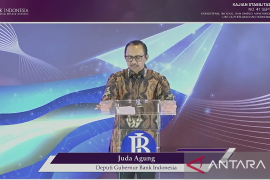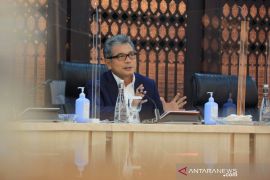The paper works out a new stochastic model of tax rates and debt/GDP framework for governments to improve fiscal management in uncertain times.
A low debt-to-GDP ratio signals a country is producing more than it owes, placing it on a strong financial footing, whereas a high ratio imperils public services and asset transfer between rich and poor, as a government is pushed to tax more and spend less. The authors extended Barro's model with the risks and opportunities parameters and argue that a government should keep its debt-GDP ratio stable and adopt a stable tax rate that can finance a certain amount of its surplus to GDP. They found that by buying or selling Shiller GDP-linked securities, a government can hedge its primary surplus risk, get risk-free debt, stabilize its debt-to-GDP ratio and keep tax rates level, hence becoming more financially sustainable.
The study offers guidance for finance ministers and the economists behind them to manage government debt with a sustainable mindset, as governments struggle with public spending caps in a post-COVID crisis era.
This paper is co-authored by Neng Wang, CKGSB Dean's Distinguished Chair Professor of Finance; Thomas J. Sargent, Nobel Prize winner in Economics, Professor of Economics at New York University and Senior Fellow at the Hoover Institution at Stanford University; Professor Wei Jiang of the Department of Industrial Engineering and Decision Analytics at the Hong Kong University of Science and Technology; and Professor Jinqiang Yang of the School of Finance at Shanghai University of Finance and Economics.
A follow-up study, already accepted by the Journal of Finance, entitled "A p Theory of Taxes and Debt Management", sees Professor Neng Wang and his co-authors, further exploring the factors that determine the maximal sustainable government debt-to-GDP ratio by showing what happens if there is a debt default.
Source: Cheung Kong Graduate School of Business (CKGSB)
Reporter: PR Wire
Editor: PR Wire
Copyright © ANTARA 2024










